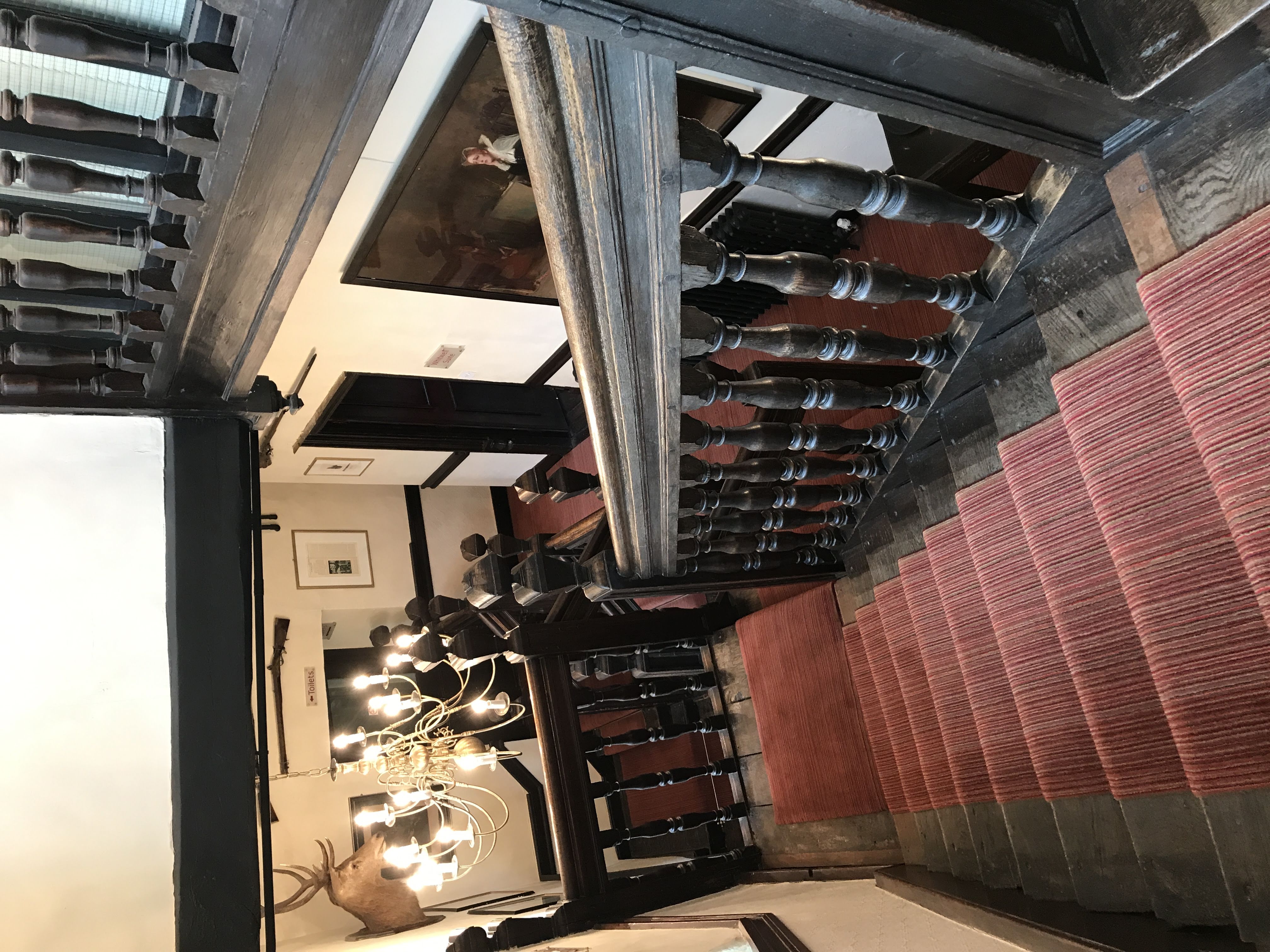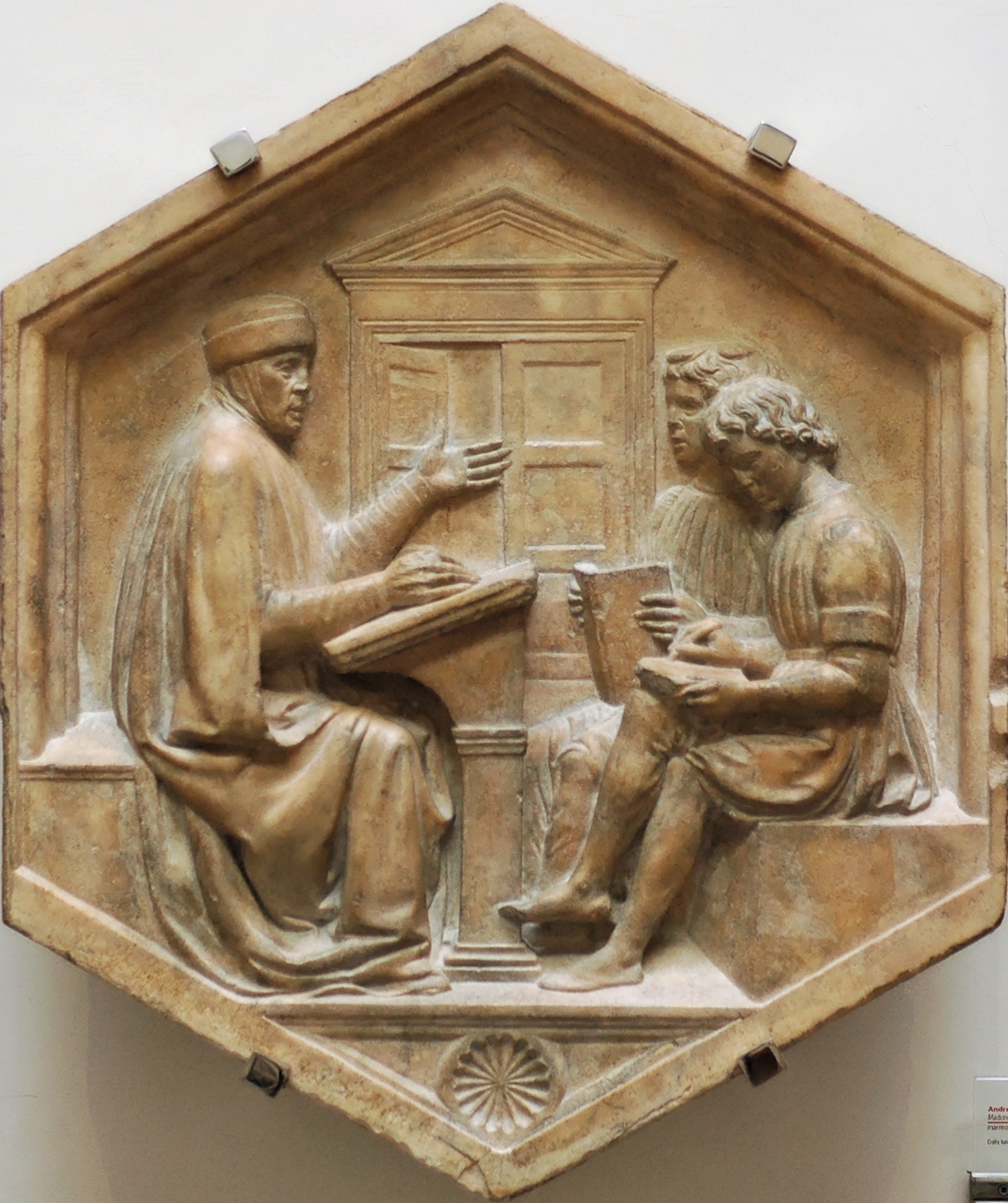|
Thrapston
Thrapston is a market town and civil parish in the North Northamptonshire unitary authority area of Northamptonshire, England. It was the headquarters of the former East Northamptonshire district, and at the time of the 2021 census, had a population of 7,238. The town's name means 'Farmstead or town of a man named Thraepst'. Another source suggests the individual name is related with Old Germanic 'Trapsta', 'Trafstila' and 'thrafstjan' meaning 'to comfort:, henceforth 'farmstead or town of a man named Draefst or Draepst'. Thrapston is situated close to the River Nene, where the pronunciation changes from nene to neen and is at the junction of the A14 and the A45. Until the 1960s, Thrapston had two railway stations. Thrapston (Midland) was on the Kettering to Cambridge route, and the former station and viaduct can be seen from the adjacent A14 road. Thrapston (Bridge Street) was on the former LNWR Northampton to Peterborough line. A market charter was granted to the t ... [...More Info...] [...Related Items...] OR: [Wikipedia] [Google] [Baidu] |
Corn Exchange, Thrapston
The Corn Exchange is a commercial building in the High Street in Thrapston, Northamptonshire, England. The structure, which is now used as the offices of a local firm of auctioneers and estate agents, is a Grade II listed building. History The building was originally commissioned as a public house known as The George Inn and was built in rubble masonry in around 1750. The design involved a symmetrical main frontage of three bays facing onto the High Street. Following the repeal of the Corn Laws in 1846, a locally-born designer and hydraulic engineer, Freeman Roe, whose offices were in The Strand in London, decided to initiate a major remodelling of the building to create a corn exchange. The foundation stone for the remodelled structure was laid on 5 October 1850. The works, which were carried out by a local contractor, John Eaton, involved the construction of a new doorway, which was flanked by stone panels inscribed with the words "Corn Exchange" and by brackets supporting ... [...More Info...] [...Related Items...] OR: [Wikipedia] [Google] [Baidu] |
Thrapston Bridge Street Railway Station
Thrapston Bridge Street railway station is a former railway station in Thrapston, Northamptonshire on the former Northampton and Peterborough Railway line which connected Peterborough and Northampton.British Railways Atlas 1947, p. 17. The station buildings were designed by the architect John William Livock. The station opened in 1845 and a year later the line, along with the London and Birmingham, became part of the London and North Western Railway The London and North Western Railway (LNWR, L&NWR) was a British railway company between 1846 and 1922. In the late 19th century, the LNWR was the largest joint stock company in the world. Dubbed the "Premier Line", the LNWR's main line connec .... At grouping in 1923 it became part of the London Midland and Scottish Railway. The station closed with the line in 1964. References External links Subterranea Britannica Disused railway stations in Northamptonshire Former London and Birmingham Railway stations Rai ... [...More Info...] [...Related Items...] OR: [Wikipedia] [Google] [Baidu] |
2021 United Kingdom Census
1 (one, unit, unity) is a number, Numeral (linguistics), numeral, and glyph. It is the first and smallest Positive number, positive integer of the infinite sequence of natural numbers. This fundamental property has led to its unique uses in other fields, ranging from science to sports, where it commonly denotes the first, leading, or top thing in a group. 1 is the unit (measurement), unit of counting or measurement, a determiner for singular nouns, and a gender-neutral pronoun. Historically, the representation of 1 evolved from ancient Sumerian and Babylonian symbols to the modern Arabic numeral. In mathematics, 1 is the multiplicative identity, meaning that any number multiplied by 1 equals the same number. 1 is by convention not considered a prime number. In Digital electronics, digital technology, 1 represents the "on" state in binary code, the foundation of computing. Philosophically, 1 symbolizes the ultimate reality or source of existence in various traditions. In math ... [...More Info...] [...Related Items...] OR: [Wikipedia] [Google] [Baidu] |
Market Charter
A market town is a settlement most common in Europe that obtained by custom or royal charter, in the Middle Ages, a market right, which allowed it to host a regular market; this distinguished it from a village or city. In Britain, small rural towns with a hinterland of villages are still commonly called market towns, as sometimes reflected in their names (e.g. Downham Market, Market Rasen, or Market Drayton). Modern markets are often in special halls, but this is a relatively recent development. Historically the markets were open-air, held in what is usually called (regardless of its actual shape) the market square or market place, sometimes centred on a market cross (mercat cross in Scotland). They were and are typically open one or two days a week. In the modern era, the rise of permanent retail establishments reduced the need for periodic markets. History The primary purpose of a market town is the provision of goods and services to the surrounding locality. Althou ... [...More Info...] [...Related Items...] OR: [Wikipedia] [Google] [Baidu] |
John Hindhaugh
John Hindhaugh (born 1962) is a sports commentator and broadcaster from Sunderland, England. He resides in Thrapston, Northamptonshire, United Kingdom with his wife Eve Hewitt, the managing director of Radio Show Limited, the production company of Radio Le Mans and IMSA radio, a company they own together. Hindhaugh is most closely associated with Radio Le Mans, where he debuted in 1989. However his voice can also be heard on motorsport commentary on ITV, Motors TV, Mobil 1 The Grid, XM Satellite Radio and the video game Need For Speed: Pro Street. Hindhaugh was also part of the very first online live stream for the Race of Champions alongside Bruce Jones. Hindhaugh was also part of the commentary team for American Le Mans Series working alongside Greg Creamer and Jeremy Shaw. The American Le Mans Series ended in 2013 when it merged with Grand-Am Road Racing in 2014 and became United SportsCar Championship. Unfortunately Hindhaugh was not part of the commentary team for t ... [...More Info...] [...Related Items...] OR: [Wikipedia] [Google] [Baidu] |
Chancellor Of The Exchequer Of Ireland
The Chancellor of the Exchequer of Ireland was the head of the Exchequer of Ireland and a member of the Dublin Castle administration under the Lord Lieutenant of Ireland in the Kingdom of Ireland. In early times the office was sometimes called the Chancellor of the Green Wax. In the early centuries, the Chancellor was often a highly educated cleric with knowledge of Finance. In later centuries, when sessions of Parliament had become regular, the Chancellor was invariably an MP in the Irish House of Commons. Walter de Kenley (died 1308), Chancellor from 1292 until his death, was both a judge of the Court of Common Pleas (Ireland) and a distinguished military commander who gave good service against the Gaelic clans of County Wicklow. The office was separate from the judicial role of Lord Chief Baron of the Exchequer of Ireland, although in the early centuries, the two offices were often held by the same person; on other occasions, the Chancellor was second Baron of the Exche ... [...More Info...] [...Related Items...] OR: [Wikipedia] [Google] [Baidu] |
Henry De Thrapston
Henry de Thrapston, or Henry Trapeston (died c.1333) was an English cleric, judge and Crown official who spent most of his career in Ireland, where he became Chancellor of the Exchequer of Ireland and Archdeacon of Cork.Ball p.69 He was born at Thrapston in Northamptonshire. By 1300, he was already a senior Crown official, and his Irish career began around 1301. He frequently returned to England, where he had a number of official duties, such as keeper of the lands of the Royal favourite Hugh Despenser the Elder. He was also entrusted with arresting the attendees at a tournament (presumably illegal) in Staffordshire. In Ireland, he became custodian of the writs and rolls of the Court of the Justiciar of Ireland in 1301 at a salary of £5 a year. An order in the Close Rolls for 1302 survives, directing payment to him of 50 shillings in part payment of his salary,''Close Roll 29 Edward I'' and there is a similar order in 1306, as his salary was now seriously in arrears. He was ... [...More Info...] [...Related Items...] OR: [Wikipedia] [Google] [Baidu] |
Matt Ellson
Merton Frederick Ellson (10 July 1890 – 1958) was an English footballer who played in the Football League The English Football League (EFL) is a league of professional association football, football clubs from England and Wales. Founded in 1888 as the Football League, it is the oldest football league in Association football around the world, the w ... for Halifax Town and Leeds United. References 1890 births 1958 deaths English men's footballers Men's association football forwards English Football League players Frickley Athletic F.C. players Leeds United F.C. players Halifax Town A.F.C. players People from Thrapston Footballers from Northamptonshire 20th-century English sportsmen {{England-footy-forward-1890s-stub ... [...More Info...] [...Related Items...] OR: [Wikipedia] [Google] [Baidu] |
Oundle
Oundle () is a market town and civil parish on the left bank of the River Nene in North Northamptonshire, England, which had a population of 6,254 at the time of the 2021 United Kingdom census, 2021 census. It is north of London and south-west of Peterborough. The town is home to Oundle School. History The town's name origin is uncertain. It is probably an old district name, in a grammatical form suggesting a tribal name, 'the Undalas'. Discoveries of prehistoric and Bronze Age, Iron Age and Roman materials suggest that Oundle has been a settlement location for several thousand years. Findings have included a number of Iron Age coins, and Roman bronze pins, coins and skeletons. A significant Roman find was part of a Roman cup discovered in the church yard of St. Peter's Church in the early 19th Century. Further excavation on the site led to the findings of many Roman coins, some from the time of the reign of Claudius, Emperor Claudius. The finding of red tile and building ... [...More Info...] [...Related Items...] OR: [Wikipedia] [Google] [Baidu] |
Primary Education
Primary education is the first stage of Education, formal education, coming after preschool/kindergarten and before secondary education. Primary education takes place in ''primary schools'', ''elementary schools'', or first schools and middle schools, depending on the location. Hence, in the United Kingdom and some other countries, the term ''primary'' is used instead of ''elementary''. There is no commonly agreed on duration of primary education, but often three to six years of elementary school, and in some countries (like the US) the first Primary education in the United States, seven to nine years are considered primary education. The International Standard Classification of Education considers primary education as a single phase where programs are typically designed to provide fundamental reading, writing, and mathematics skills and establish a solid foundation for learning. This is International Standard Classification of Education#Level 1, ISCED Level 1: Primary educatio ... [...More Info...] [...Related Items...] OR: [Wikipedia] [Google] [Baidu] |



